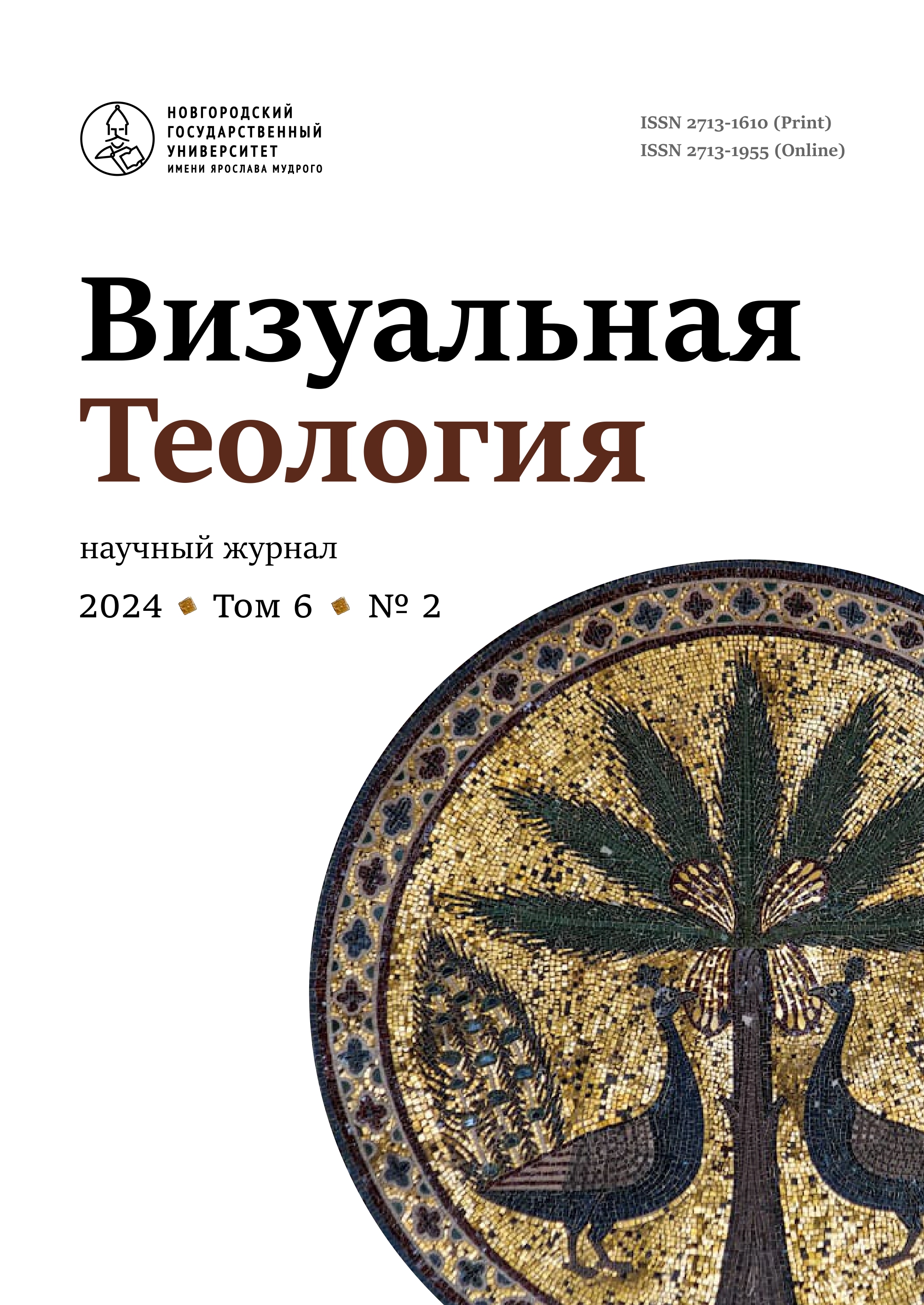The Cult of Saints and the Establishment of Interregional Ties in Old Rus’: Sacred Visualization of Cross-Cultural Processes
Abstract
The article explores visual symbols of cross-cultural processes in medieval Rus’ in the 15th – 16th centuries by examples of Novgorod and Moscow represented by their two major saints. During this period, the formation of a common cultural and political space of Muscovy took place. One of the indications of imminent unification was that regional saints (‘genii loci’) were integrated in the united literary, artistic, and liturgical spaces. The article analyses the inception of iconographic compositions featuring two locally venerated saints – St. Varlaam of Khutyn (Novgorod) and St. Sergius of Radonezh (Moscow). These iconographic compositions are (1) painting decoration of the church of St. Sergius of Radonezh in the Novgorod Kremlin, (2) painting decoration of the church of St. Simeon the God-Receiver in the Novgorod Zverin Monastery, (3) the white cowl of Novgorod Archbishop Vasily Kalika, (4) the Muscovite icon of the Mother of God Hodegetria, (5) the tablet icon from the menologium of the Novgorod St. Sophia Cathedral and (6) the icon of the Smolensk Savior on the Spasskaya Tower of the Moscow Kremlin. The author argues that the practice of sacred visualization of cross-cultural processes demonstrates the crucial role of religious conceptualization and artistic embodiment of saintly figures acting as guarantors, even as personifications of unifying tendencies. Sacred images initiated rather than illustrated new cultural and political trends, entering the sphere of everyday religious practices as heralds of expected changes. In this way, locally venerated saints Varlaam of Khutyn and Sergius of Radonezh, co-present in a joint artistic space, visually indicated the formation of an all-Russian cultural tradition, thereby outgrowing their previous strictly local status and entering the global host of saints of the universal Church.



